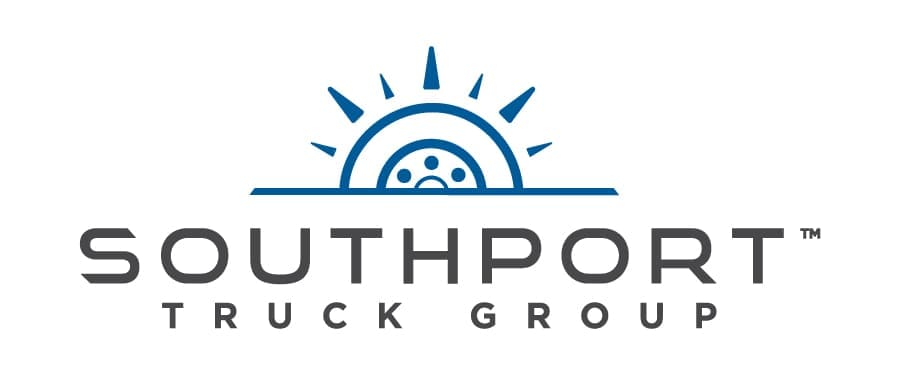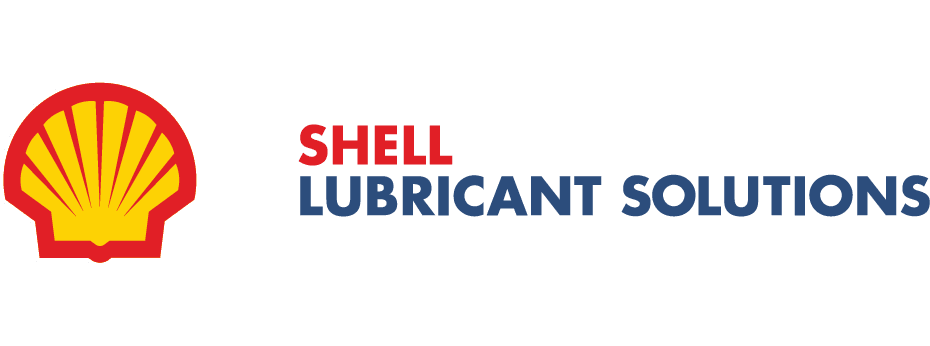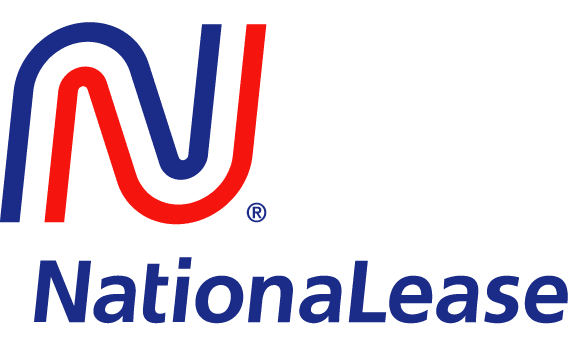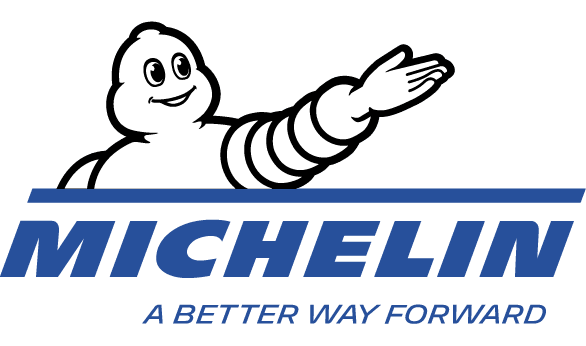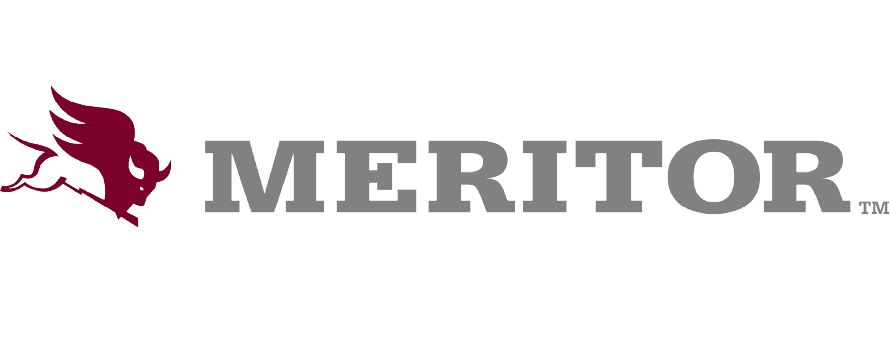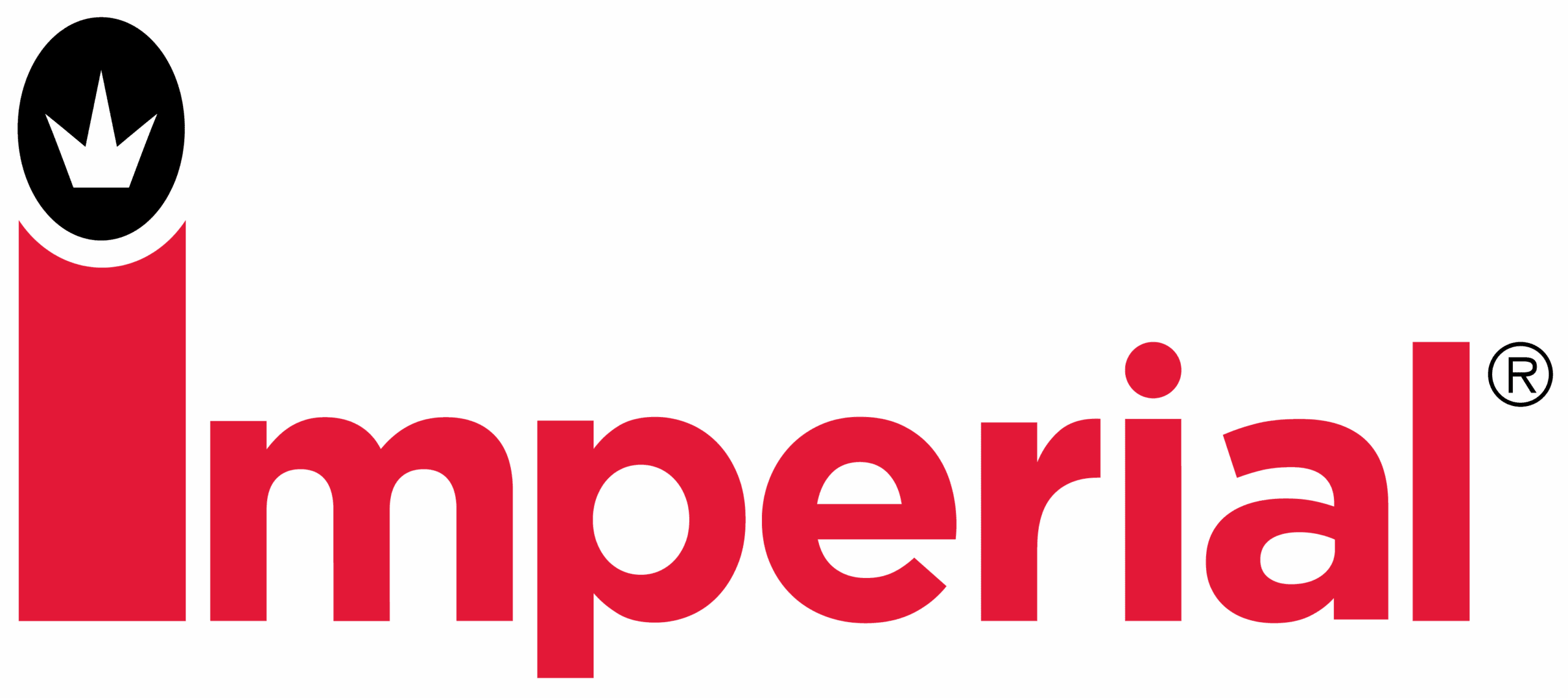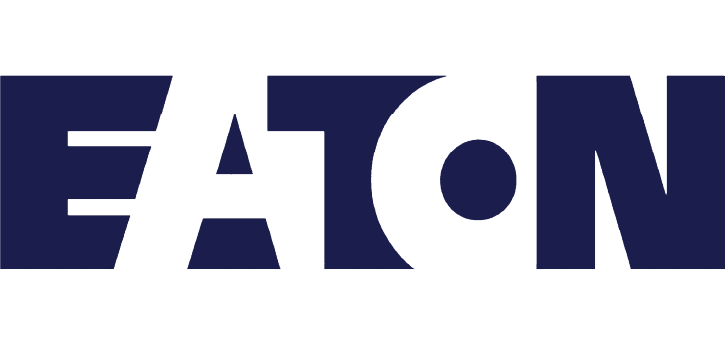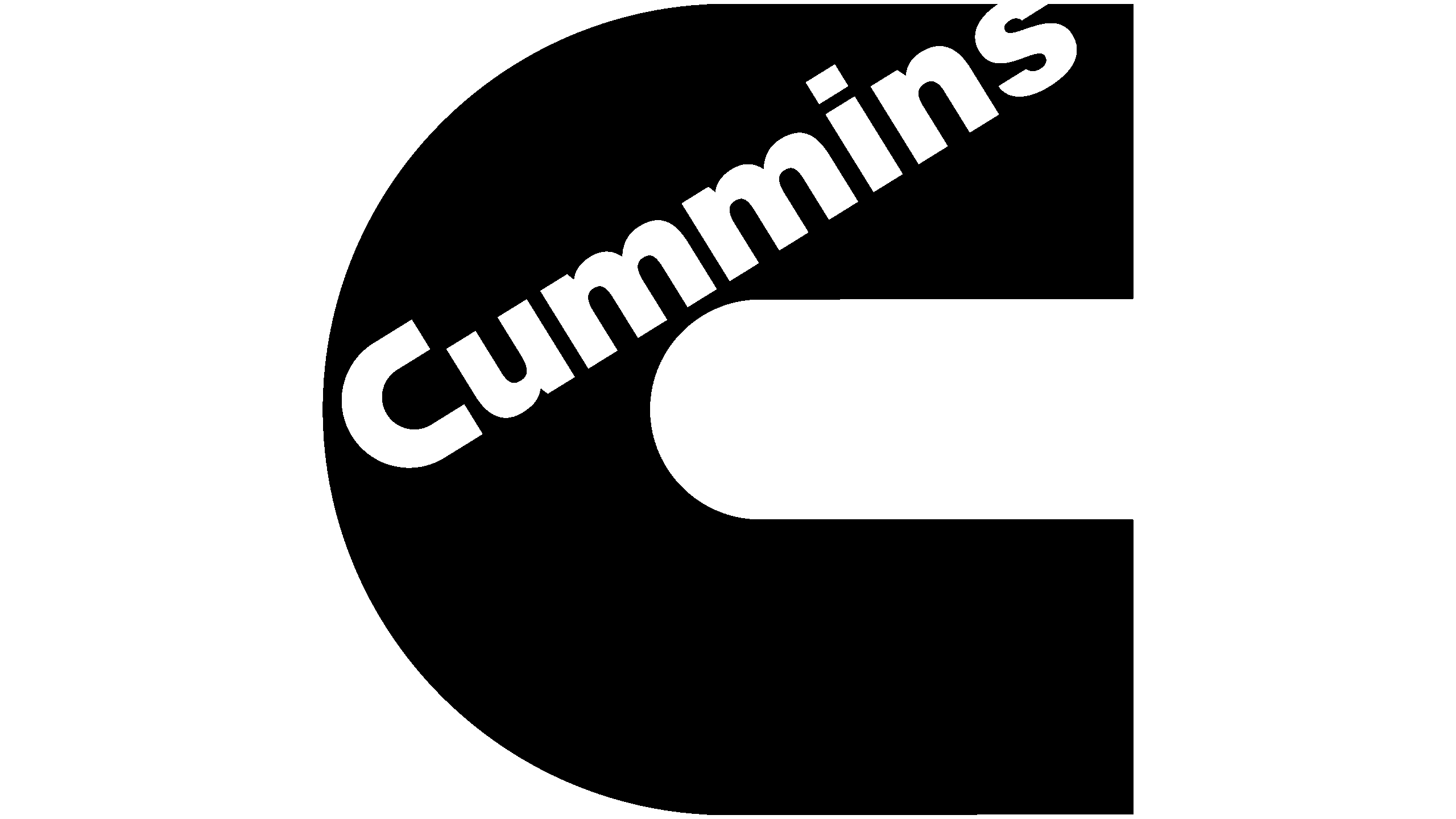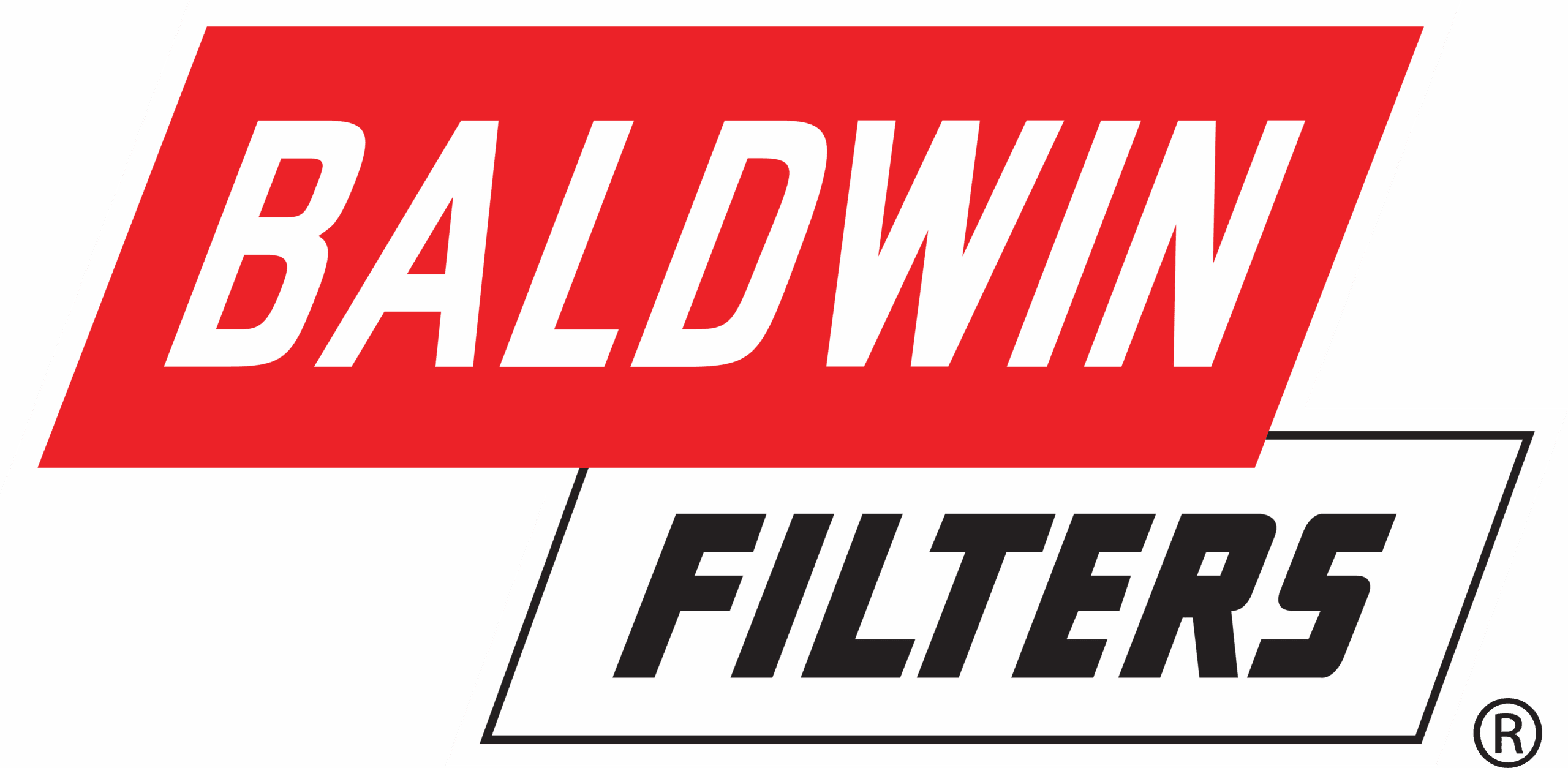Making sense of order-to-cash: Breaking down the full cycle
Home - Making sense of order-to-cash: Breaking down the full cycle
Corcentric

Key Takeaways:
- The order-to-cash (O2C) cycle involves complex, cross-functional steps beyond just invoicing and payment.
- Common challenges include delayed payments, high DSO, manual handoffs, and limited process visibility.
- Corcentric’s managed services streamline O2C through tech-enabled billing, collections, EIPP, and dispute resolution.
- With centralized analytics and automation, Corcentric helps businesses reduce friction and accelerate cash flow.
At first glance, the order-to-cash process might seem straightforward: A customer places an order, you send an invoice, and then you get paid. But anyone who has spent time in finance, operations, or customer service knows the reality is far more complex. Between the order and the cash lies a network of touchpoints that often function more like a maze than a straight line.
Understanding—and more importantly, optimizing—this full O2C cycle is critical for any business that wants to speed up cash flow, improve customer satisfaction, and reduce operational friction. That’s where Corcentric’s order-to-cash managed services come in, offering a streamlined, tech-enabled approach to a process that’s ripe for reinvention.
Breaking down the order-to-cash process
The order-to-cash process spans several functional areas, often crossing departmental and even organizational lines. Here’s a closer look at the key stages:
Order management: This is where it all begins. From receiving and verifying customer orders to ensuring products or services are correctly fulfilled, effective order management is the foundation of a healthy O2C system.
Billing and invoicing: Generating and sending accurate invoices on time may sound simple, but delays or discrepancies here are common (and costly). Errors can lead to disputes, delayed payments, and strained relationships.
Electronic invoice presentment and payment (EIPP): EIPP platforms enable digital delivery of invoices and seamless payment options, improving accuracy and accelerating payment timelines. Corcentric offers EIPP as part of its broader solution set, tying billing and payment into a unified experience.
Accounts receivable and collections: Once the invoice is out the door, tracking down payment becomes the priority. This stage involves following up on unpaid invoices, managing aging AR, and addressing disputes.
Cash application: When payments come in, they must be matched to the correct invoices quickly and accurately. Delays in cash application can throw off financial reporting and impact working capital forecasting.
Dispute resolution: Disputes are often where the process breaks down completely. Whether due to invoicing errors, service issues, or miscommunications, unresolved disputes extend DSO and tie up internal resources.
All of these steps must work in harmony to keep cash flowing, customers satisfied, and teams efficient.
Where companies often struggle
Despite its importance, the O2C cycle is frequently burdened by inefficiencies. Many organizations still rely on manual processes, disconnected systems, and siloed teams. Some of the most common challenges include:
- Delayed payments: When invoicing or collections aren’t timely or accurate, customers hesitate to pay, leading to higher DSO and cash flow bottlenecks.
- High Days Sales Outstanding (DSO): A high DSO means cash is tied up longer than it should be, limiting reinvestment and straining liquidity.
- Manual handoffs and data silos: Each stage of the order-to-cash process often involves separate systems or departments. When data isn’t flowing seamlessly, delays, duplication, and errors creep in.
- Limited visibility: Without a centralized view of the full process, it’s difficult to identify where things are going wrong—or how to fix them.
These friction points don’t just slow things down; they also cost companies real money in the form of lost revenue, increased operational expenses, and strained customer relationships.
How Corcentric streamlines the O2C cycle
This is where Corcentric’s approach to order-to-cash optimization stands out. Through a combination of technology, expertise, and end-to-end visibility, Corcentric helps companies turn a fragmented process into a strategic advantage.
End-to-end managed services: Corcentric offers order-to-cash managed services that cover every aspect of the cycle, from billing and EIPP to collections and cash application. This not only reduces internal workload but also ensures consistency and control.
Improved visibility and analytics: By centralizing O2C activities on a single platform, Corcentric enables real-time tracking and reporting across the entire lifecycle. This transparency makes it easier to diagnose bottlenecks, reduce DSO, and forecast cash flow with confidence.
Expert dispute management: Corcentric’s teams don’t just automate processes—they resolve them. Their experts handle dispute resolution quickly and professionally, shortening payment delays and improving customer satisfaction.
Integrated EIPP and billing: Electronic invoice presentment and payment capabilities are fully embedded within Corcentric’s platform, making the transition from invoice to payment smoother for both you and your customers.
A smarter way to get paid
Reworking your O2C cycle doesn’t have to mean overhauling your ERP or retraining every team. With Corcentric, the path to improvement is pragmatic and proven. Our managed services plug into your existing ecosystem to reduce friction, accelerate cash flow, and unlock insights you can act on.
For businesses seeking to transform finance from a cost center into a catalyst for growth, optimizing the order-to-cash process is essential. And with Corcentric as a partner, it’s also entirely within reach. Contact us today to get started.




